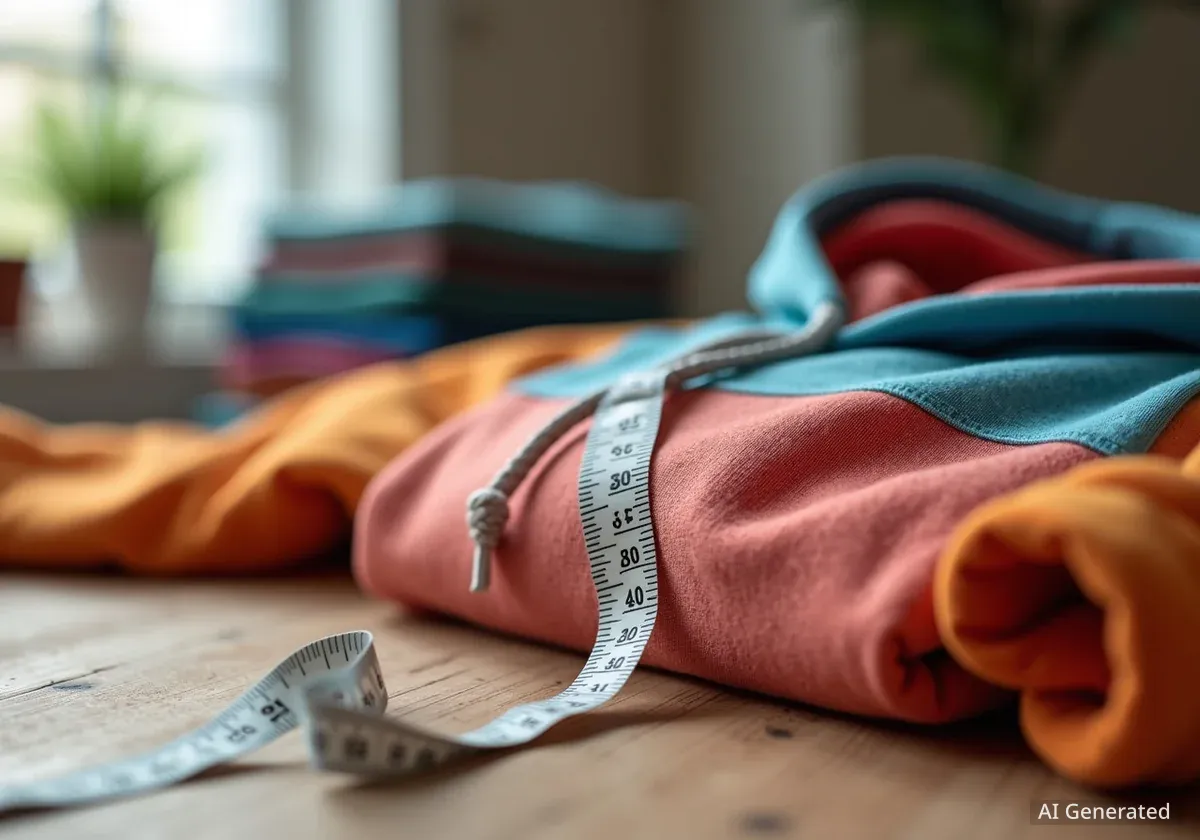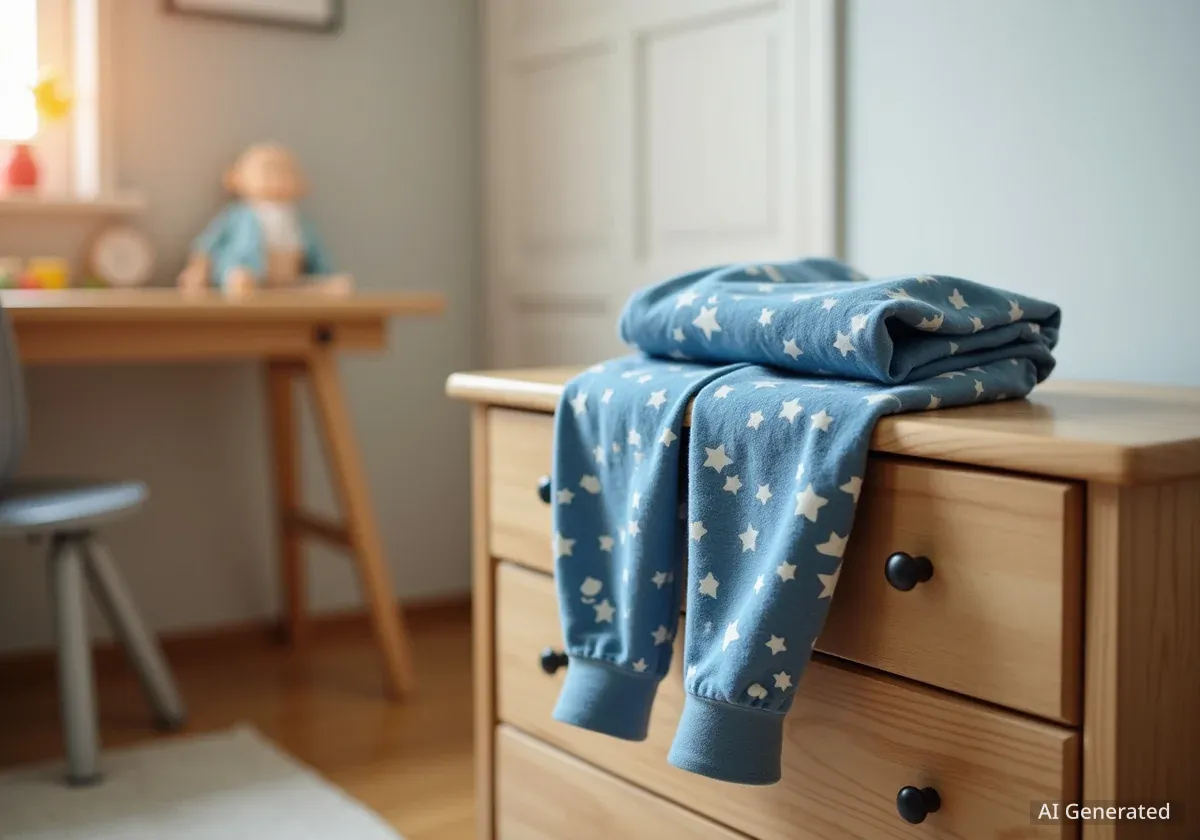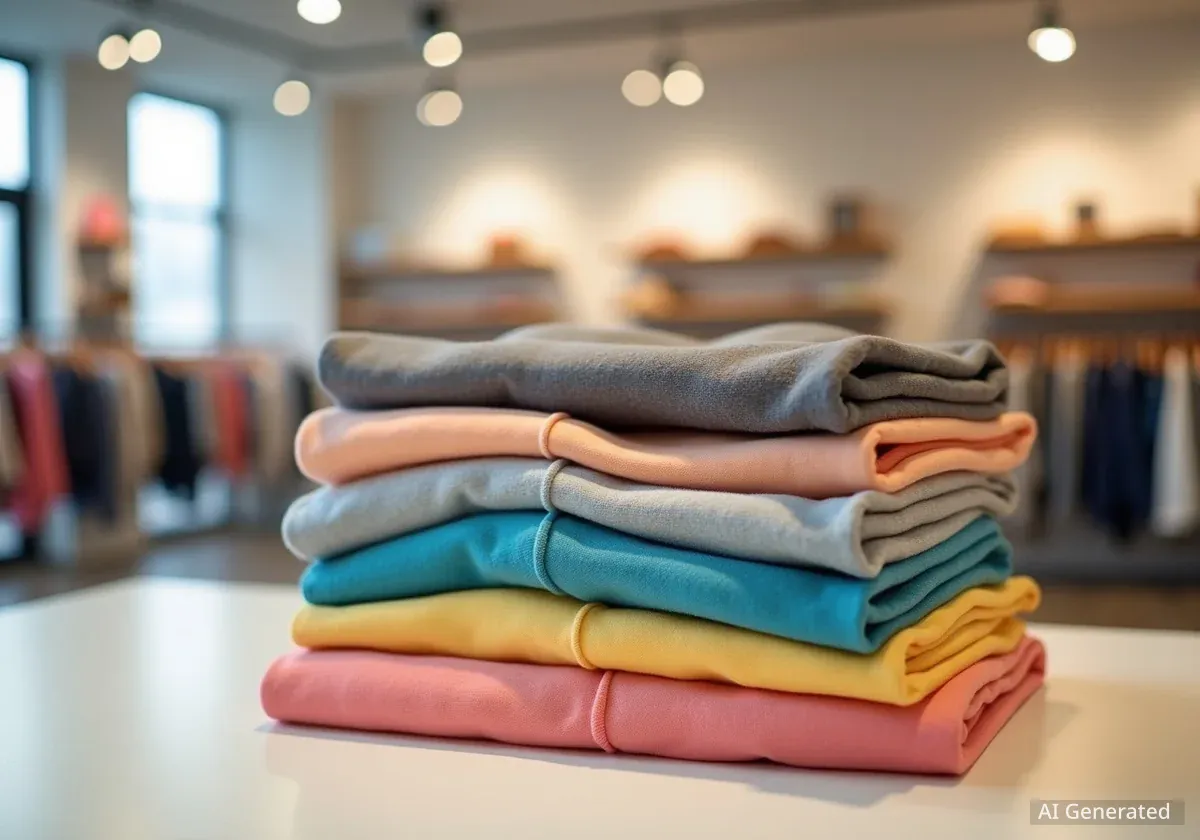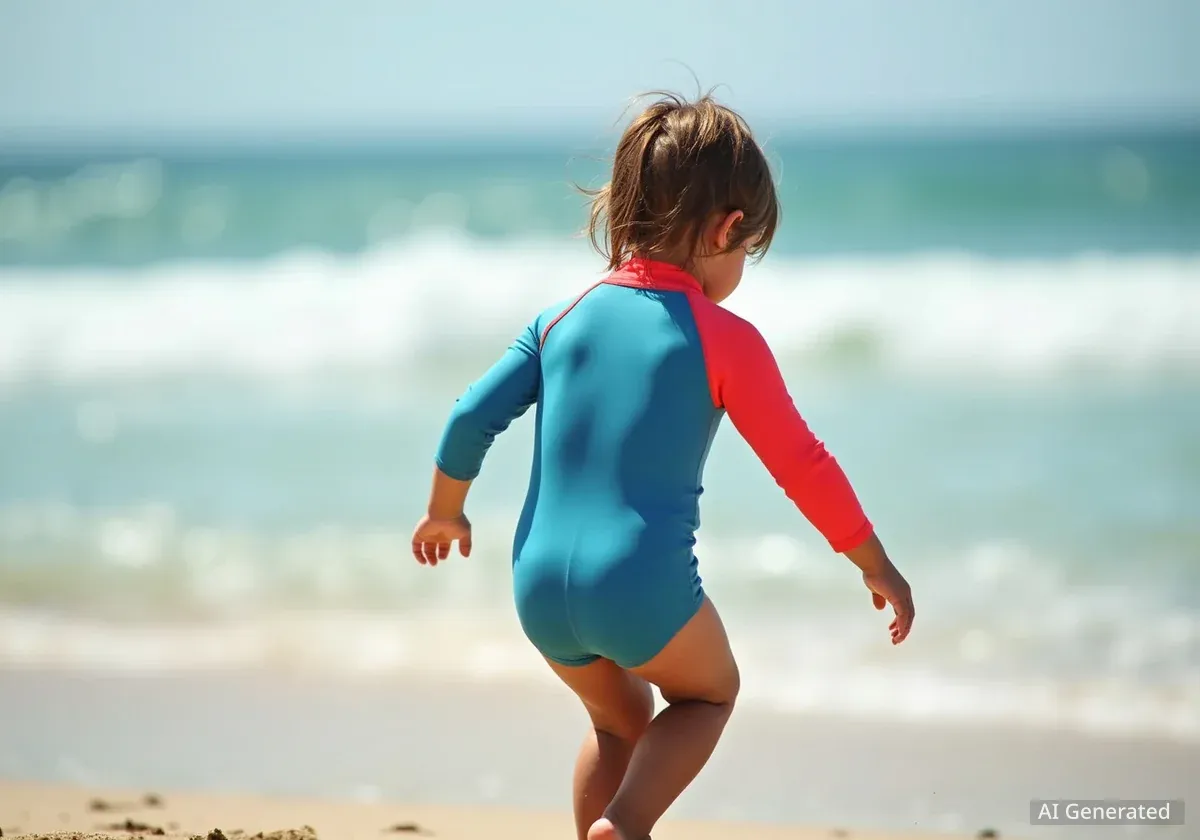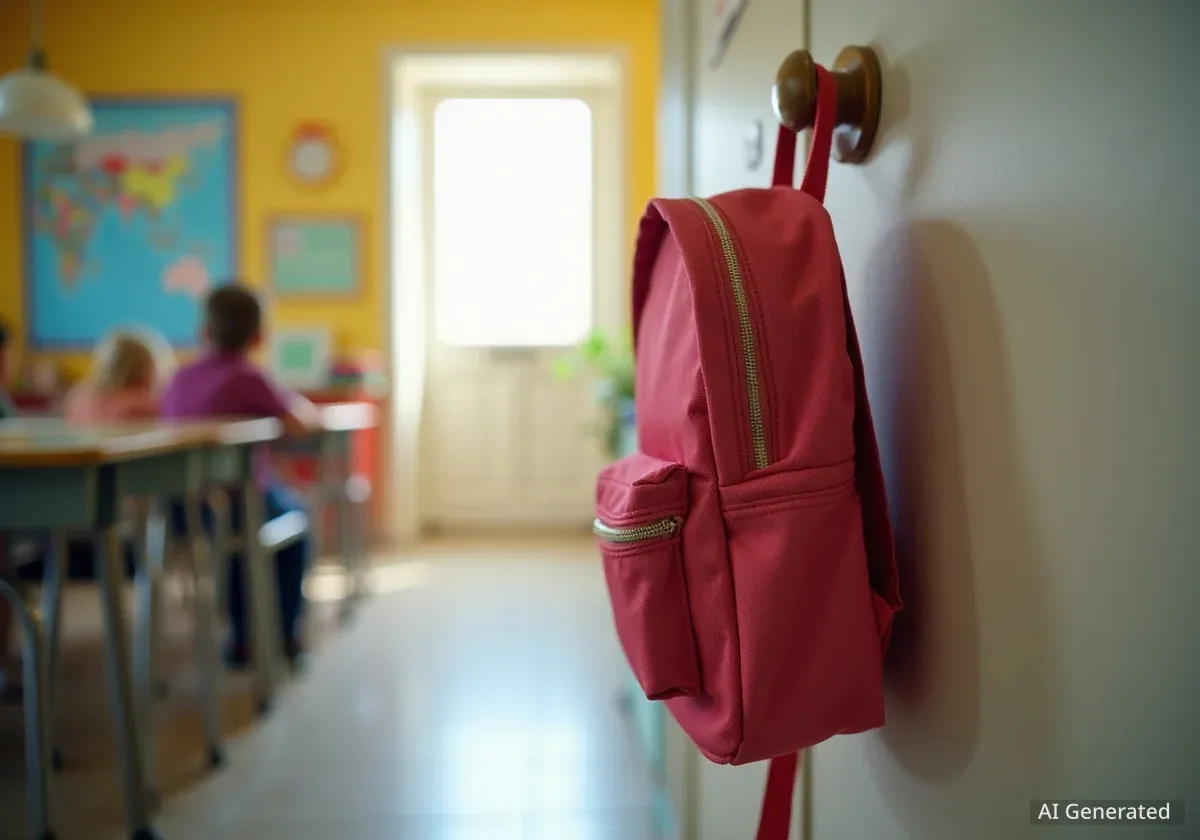Choosing the right clothing for children involves more than just style. As seasons change, understanding fabric composition, proper sizing, and care instructions is essential for ensuring comfort, durability, and practicality. A common choice for active children is the pullover hoodie, often made from synthetic blends designed to withstand daily wear and tear.
For instance, many children's hoodies, such as the JUNZAN brand's offerings, utilize a blend of 95% polyester and 5% spandex with a fleece backing. This combination is specifically engineered to provide warmth, flexibility, and ease of maintenance, making it a popular option for parents navigating the demands of school, play, and outdoor adventures.
Key Takeaways
- Fabric Matters: Blends like polyester and spandex offer durability, moisture resistance, and stretch, which are ideal for active children.
- Sizing is Crucial: Always check size charts and consider sizing up to accommodate growth spurts and ensure comfortable movement.
- Proper Care Extends Garment Life: Following specific washing and drying instructions prevents shrinking, fading, and damage to the fabric.
- Versatility is Key: A well-chosen hoodie can be a year-round staple, suitable for layering in winter or as standalone outerwear in spring and fall.
Understanding Fabrics in Children's Apparel
The material of a child's garment directly impacts its comfort, performance, and longevity. Many modern children's clothes, particularly activewear, are made from synthetic blends that offer advantages over traditional natural fibers for certain applications.
The Polyester and Spandex Blend
A fabric composition of 95% polyester and 5% spandex is common in children's hoodies and sweatshirts. This blend is chosen for several specific reasons that benefit both the child and the parent.
Polyester is known for its durability and resistance to wrinkles and shrinking. It also has moisture-wicking properties, meaning it draws sweat away from the skin, which is crucial for keeping active children dry and comfortable. The addition of spandex, also known as elastane, provides stretchiness, allowing for unrestricted movement during play.
What is Back Fleece?
The term "Back Fleece" or "fleece-backed" refers to a fabric that is smooth on the outside but has a soft, brushed, pile-like texture on the inside. This inner layer traps air, providing insulation and warmth without adding significant weight or bulk to the garment.
This combination results in a garment that is lightweight yet warm, flexible, and capable of withstanding the rigors of frequent washing and active use. According to apparel industry standards, this type of blend is well-suited for daily wear, sports, and outdoor activities.
The Importance of Correct Sizing and Fit
Children grow quickly, making sizing one of the most challenging aspects of buying their clothes. A proper fit is essential not only for comfort but also for safety and mobility.
Navigating Children's Size Charts
Children's clothing sizes, such as 4T, 5T, 6, 7-8, and 9-10 years, can vary significantly between brands. It is always recommended to consult the specific size chart provided by the manufacturer. These charts typically correlate sizes with a child's height and weight, offering a more accurate guide than age alone.
Sizing Up for Longevity
Many parents opt to buy clothing that is slightly larger than the child's current size. This practice, often recommended by manufacturers, accounts for sudden growth spurts and allows the garment to be worn for a longer period. A slightly larger hoodie can also be more comfortable for layering over other shirts.
When selecting a size, consider the child's build. If a child is taller or broader than average for their age, choosing the next size up is a practical approach. This ensures the sleeves are long enough and the fit around the torso is not restrictive, allowing for a full range of motion during activities like running, climbing, and playing.
Versatility for Every Season and Occasion
A well-designed pullover hoodie is one of the most versatile items in a child's wardrobe. Its use can be adapted to fit different weather conditions and a wide range of activities, making it a practical and economical choice.
Layering for All-Weather Comfort
The design of a fleece-backed hoodie makes it ideal for transitional seasons like spring and autumn. During these months, it can function as a primary piece of outerwear on cooler days.
- Spring/Autumn: Can be worn over a t-shirt for school, park visits, or camping.
- Winter: Serves as an effective mid-layer under a heavy coat or waterproof jacket, providing extra insulation against the cold.
- Summer: Useful for cool evenings or in air-conditioned environments.
This adaptability means one garment can serve multiple purposes throughout the year. It can be paired easily with various bottoms, including pants, shorts, or leggings, making it suitable for everything from casual home leisure to more demanding outdoor activities like hiking.
Proper Care for Children's Clothing
To maintain the quality and extend the life of children's apparel, especially those made from synthetic blends, it is vital to follow the care instructions provided by the manufacturer. Improper washing can lead to damage, pilling, or loss of shape.
Washing and Maintenance Guidelines
For a polyester-spandex blend hoodie, specific care steps are recommended to preserve the fabric's integrity and appearance.
- Water Temperature: Wash in warm water, specifically below 40 degrees Celsius (104 degrees Fahrenheit). High heat can damage synthetic fibers and cause them to lose their shape and elasticity.
- Detergents: Avoid using harsh detergents or bleach. Bleach can weaken the fabric and cause discoloration. A mild detergent is sufficient for cleaning.
- Soaking: Do not soak the garment for extended periods, as this can degrade the spandex fibers and affect the fabric's stretchiness.
- Drying and Ironing: It is generally best to air-dry or tumble dry on a low heat setting. If ironing is necessary, use a low temperature. High heat from an iron can melt polyester fibers. Dry-cleaning is typically not recommended for this type of fabric.
By following these simple instructions, parents can ensure that their children's clothing remains comfortable, functional, and looking new for as long as possible.

